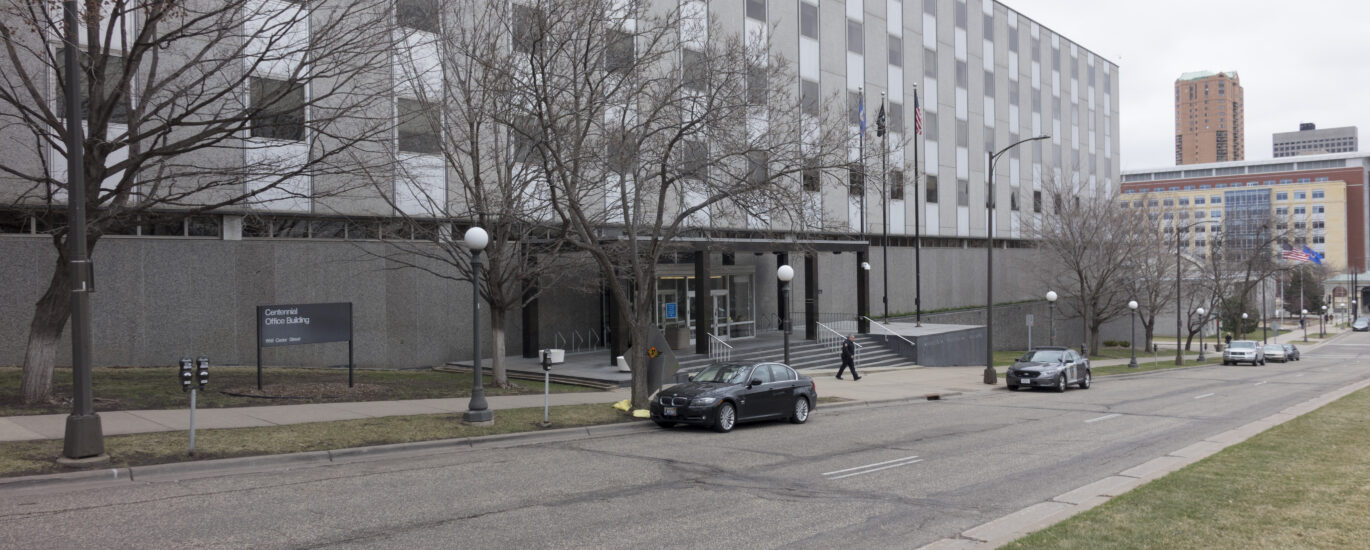Welcome to the Centennial Building, an emblematic fixture on the campus of Edward Waters University in Florida. This historic structure, originally built in 1916, holds a rich history that spans over a century. Initially constructed to serve as a gymnasium and classroom space, it was a vital part of the university’s infrastructure, supporting the educational mission of Florida’s first institution for African American higher learning.
In 1966, the building was renamed Centennial Hall to commemorate the university’s 100th anniversary. This renaming marked a significant milestone, celebrating a century of educational empowerment and community development. In 1976, a major transformation took place when the facility was repurposed into the university’s main library. This adaptation not only preserved the building’s historic fabric but also ensured its continued relevance in serving the university community.
The Centennial Hall now houses nearly 13,000 print volumes and provides access to over 250,000 electronic books. It is also home to the Obi-Scott-Umunna Collection of African Art, reflecting the university’s dedication to cultural preservation and academic excellence.
Throughout its history, the Centennial Building has witnessed numerous significant events and has been a cornerstone of the university’s evolution. Notable figures in the university’s history have walked its halls, contributing to the rich tapestry of stories that define Edward Waters University. As you explore this historic site, imagine the countless students who have passed through its doors, each contributing to the legacy of education and empowerment that the building symbolizes.
Today, the Centennial Building stands not just as a library but as a testament to resilience and adaptation, having been preserved and upgraded to maintain its structural integrity and historical significance. It continues to serve as a vital hub of learning and cultural exchange, embodying the spirit of Edward Waters University and its commitment to fostering knowledge and preserving history.




